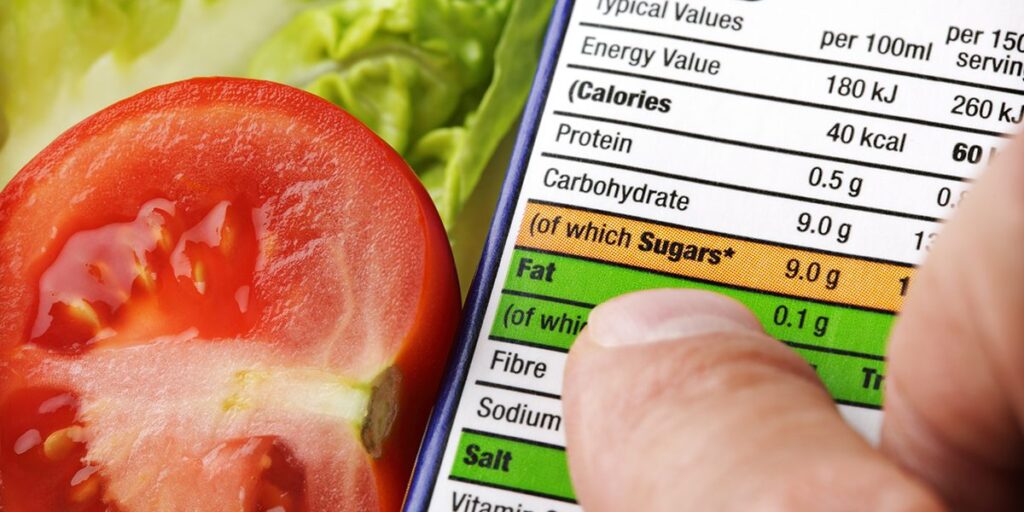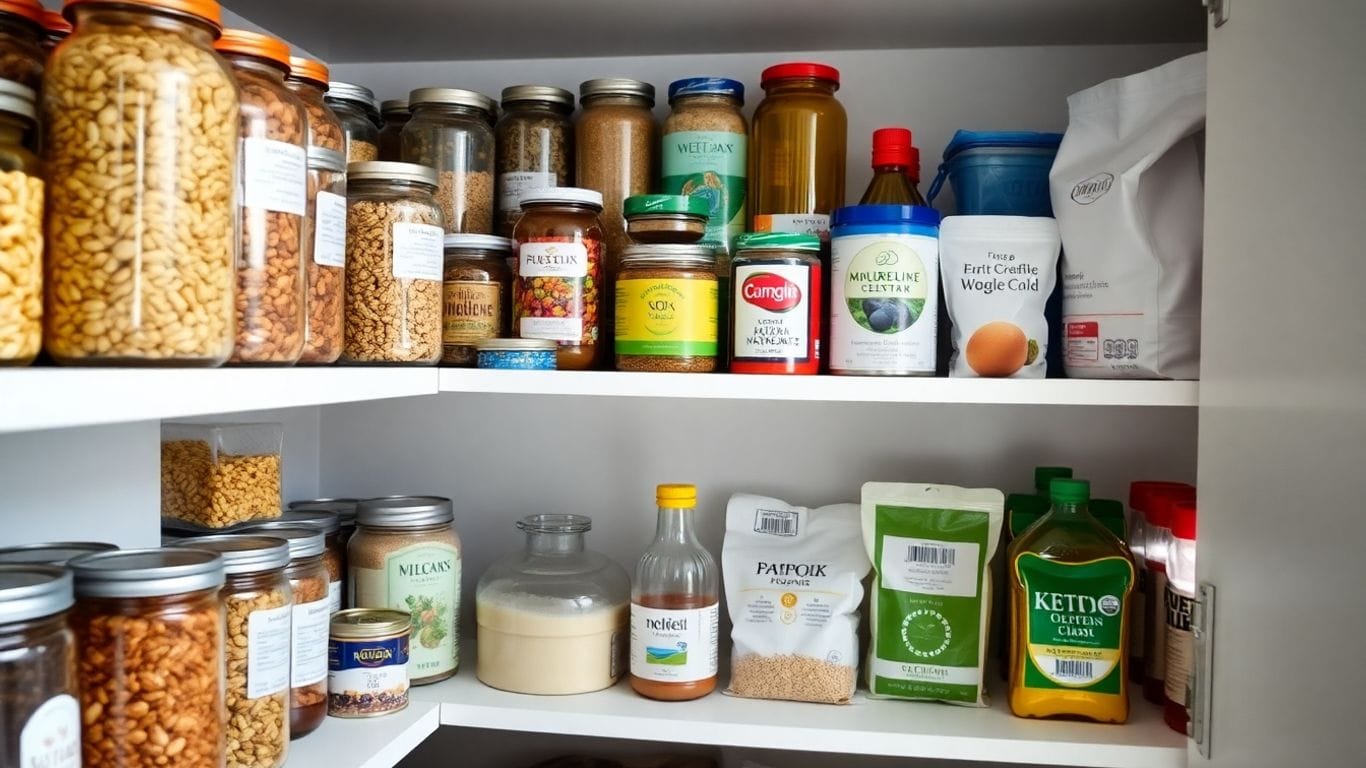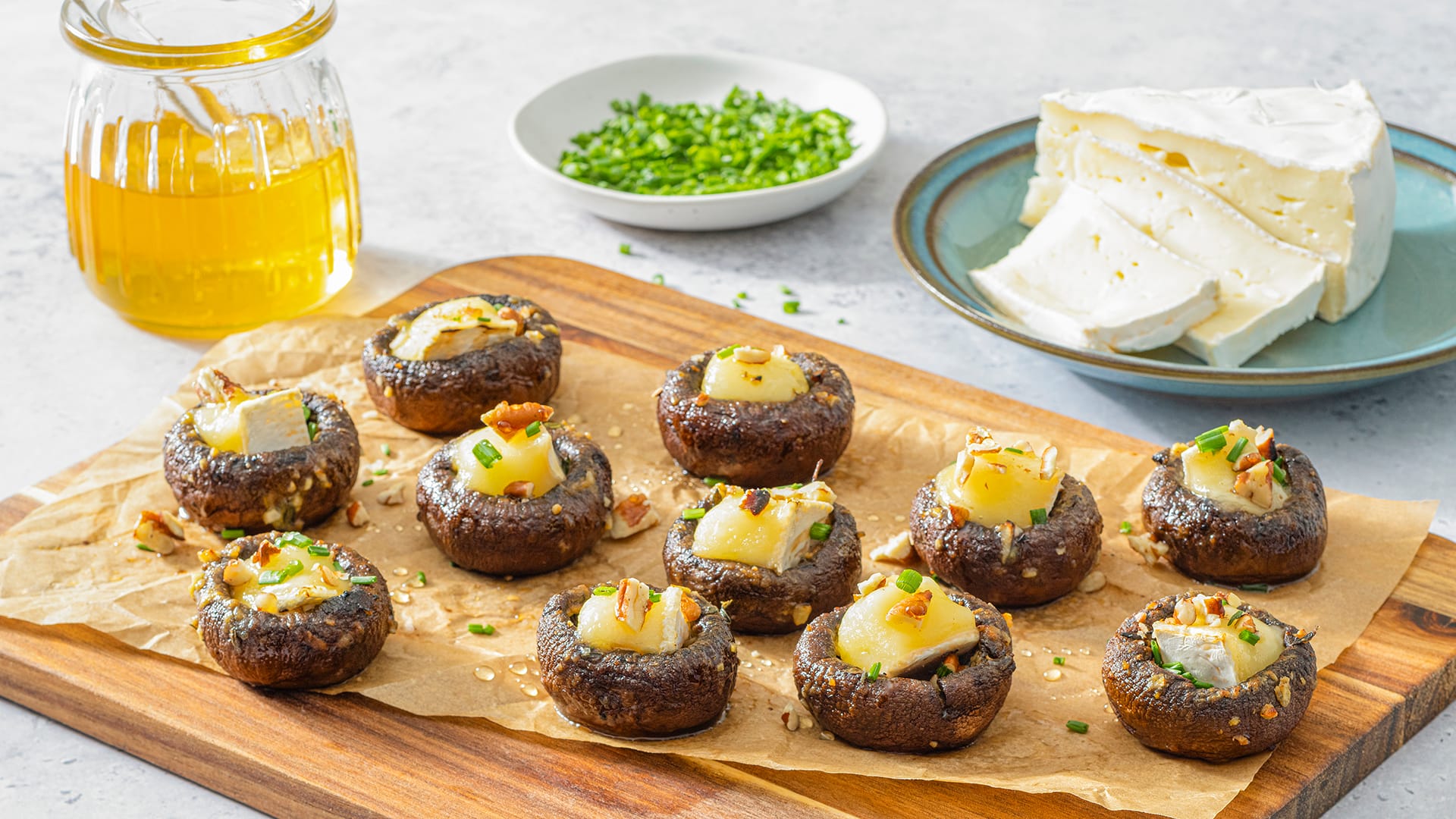Introduction
Low-carb eating often starts strong, but progress can slow down without a clear reason. That’s when it’s time to look closer at what’s really on your plate. Sometimes, the foods we count on to keep us on track turn out to have more sugar, starches, or carbs than we realize.
Hidden carbs in foods can show up in places most of us wouldn’t expect. They might come from ingredients with long names or show up in small servings that add up fast. When we unknowingly eat more carbs than our bodies need, it can throw off the work we’ve put in. Let’s break down where these sneaky carbs tend to hide and how we can spot them before they slow our progress.
Sneaky Sugars in “Healthy” Snacks
Some of the biggest surprises come from snacks marketed as “natural” or “good for you.” We often grab things like granola bars or fruit yogurts, thinking they’re better choices. What’s tricky is that these types of snacks can pack more sugar than a handful of candy.
• Check the ingredients list, not just the front of the label. Look for added sweeteners like cane syrup, brown rice syrup, or fruit juice concentrates.
• Low-fat or “light” versions often add sugar to make up for flavor. Don’t let the health claims fool you. Less fat doesn’t equal fewer carbs.
• Even small amounts of added sugar make a difference. A few grams here and there might not sound like much, but they add up over a day, especially if you’re sticking to a low daily carb goal.
It helps to treat any packaged snack with a dose of skepticism. Taking a minute to read the label closely is one of the easiest ways to avoid a sugar surprise. If you’re ever in doubt about what an ingredient really is, a quick search can go a long way. Many products marked as healthy are actually loaded with ingredients that increase the carb count, so trust your judgment.
High-Carb Surprises in Sauces and Condiments
It’s easy to forget about the extras on our plate. Sauces and condiments seem small, but they can sneak in more carbs than we’d think.
• Ketchup, barbecue sauce, and even salad dressings often get their taste from sugar. A single tablespoon of ketchup can have as much sugar as a cookie.
• Marinades and glazes used in cooking sometimes contain honey, syrup, or fruit juices. These ingredients bump up the carb count behind the scenes.
• Always read the serving size. What looks like one portion often covers only a tablespoon or two. If we’re pouring freely, we could be doubling or tripling the hidden carbs without realizing it.
Many condiments now come in lower-carb versions made without added sugars. Reading labels closely and measuring out servings can help us enjoy flavor without going overboard on carbs. Choosing options labeled unsweetened or sugar-free is a good start, but reviewing the full nutrition breakdown is even better. Paying attention to simple things like how much dressing we add to salad or how much sauce goes on a meal can add up to real differences at the end of the day.
Everyday Staples That Carry a Carby Punch
Some of the most common foods in our kitchens come with an unexpected side of starch. That includes breaded meats, instant oatmeal, and certain types of deli meats.
• Bread crumbs and flour-based coatings turn meat dishes into hidden carb traps. Even a thin layer can add several grams of carbs per serving.
• Instant oatmeal may sound like a simple, healthy way to start the day, but flavored varieties often include sweeteners and starches.
• Processed deli meats like glazed ham or some sausages include fillers or binders that contain starch. These are easy to miss unless we read the packaging carefully.
We don’t have to give up convenience altogether, but a few smart swaps make a big difference. Choosing unbreaded meats, plain oatmeal, or freshly sliced deli cuts can cut back our carb intake without changing the foods we enjoy. It’s helpful to remember that simple foods with fewer added ingredients usually have fewer hidden carbs. By making small adjustments, it gets easier to keep your daily intake on track. Checking the back of the package is always worth the effort and helps reveal anything extra that might get in the way of your progress.
Drinks Can Derail Your Progress Too
What we sip during the day matters just as much as what we eat. Some drinks carry an unexpected sugar load, even if they say “light” or “zero.”
• Bottled teas and flavored waters often include fruit juices or added sweeteners. These add up quickly, especially if we’re drinking more than one bottle a day.
• Coffee shop drinks can be packed with milk, flavored syrups, or toppings that push the carb count way up. A seemingly small treat can work against low-carb efforts.
• “Sugar-free” doesn’t always mean carb-free. Sugar alcohols and certain sweeteners can still affect blood sugar or digestion, depending on how our bodies process them.
When we’re trying to keep things low-carb, water, sparkling water, and unsweetened tea or coffee are often safer bets. One tip from LowCarb Genesis is to try infusing plain water with fresh berries or a slice of lemon for more flavor without the hidden carbs. Being aware of the label, even on drinks, helps us stay in control of the daily carb count. Even small differences between drinks can impact carb totals. Checking hidden ingredients in beverages can lower the risk of accidentally going over your daily target. Reaching for drinks without added sugars or sweeteners lets you enjoy refreshments while staying on track with your personal health goals.
Rethinking “Low-Carb” Labels

Not everything labeled “low-carb” is working in our favor. Understanding the difference between net carbs and total carbs helps clear up some of that confusion.
• Net carbs are calculated by subtracting fiber and sugar alcohols from total carbs. But this math doesn’t always reflect how everyone’s body reacts.
• Some “low-carb” packaged foods are still full of ingredients that cause blood sugar spikes or trigger cravings. They may technically be low-carb, but that doesn’t mean they’re helpful.
• Watch out for ingredients that sound like fiber but act like sugar. Things like maltodextrin or corn fiber can keep a product under a certain carb count while still affecting progress.
The best habit is to go beyond the label. We recommend getting familiar with ingredient names and recognizing where hidden carbs might be tucked in. Taking the time to understand these differences makes it easier to feel confident about your choices. Becoming familiar with how foods are labeled takes patience, but it pays off as you gain more control over your diet. It’s a learning process, and with each new discovery, staying within your carb target gets simpler and less stressful.
More Than Meets the Eye: Stay Savvy with Hidden Carbs
Being aware of hidden carbs in foods helps keep our low-carb lifestyle working the way we want it to. Cutting back on stealthy sugar and starch doesn’t mean giving up good meals or snacks, it just means paying closer attention.
As we head into late October and the holiday season ramps up, noticing these tricky spots can make celebrations and everyday meals less stressful. Reading labels, checking ingredients, and staying curious about what’s in our food gives us better control and helps us feel confident in every choice.
Staying on track with your carb goals gets easier when you know where to look for hidden carbs in foods. Everyday choices like sauces, drinks, or packaged “light” items can quietly raise your carb count, but once you know what to watch for, finding and avoiding these trouble spots feels simple. At LowCarb Genesis, we’re here to help you make confident food choices that support your goals. Have questions or want more tips for keeping carbs in check? Contact us.

Hey there 👋 I’m Danilo — a food enthusiast passionate about low carb cooking and healthy living.
I believe that eating well doesn’t have to be complicated — it just needs flavor, love, and real ingredients. 🍳
Here, I share easy, low carb recipes made for real life — simple, satisfying, and full of taste. Let’s make healthy food something you actually crave!





